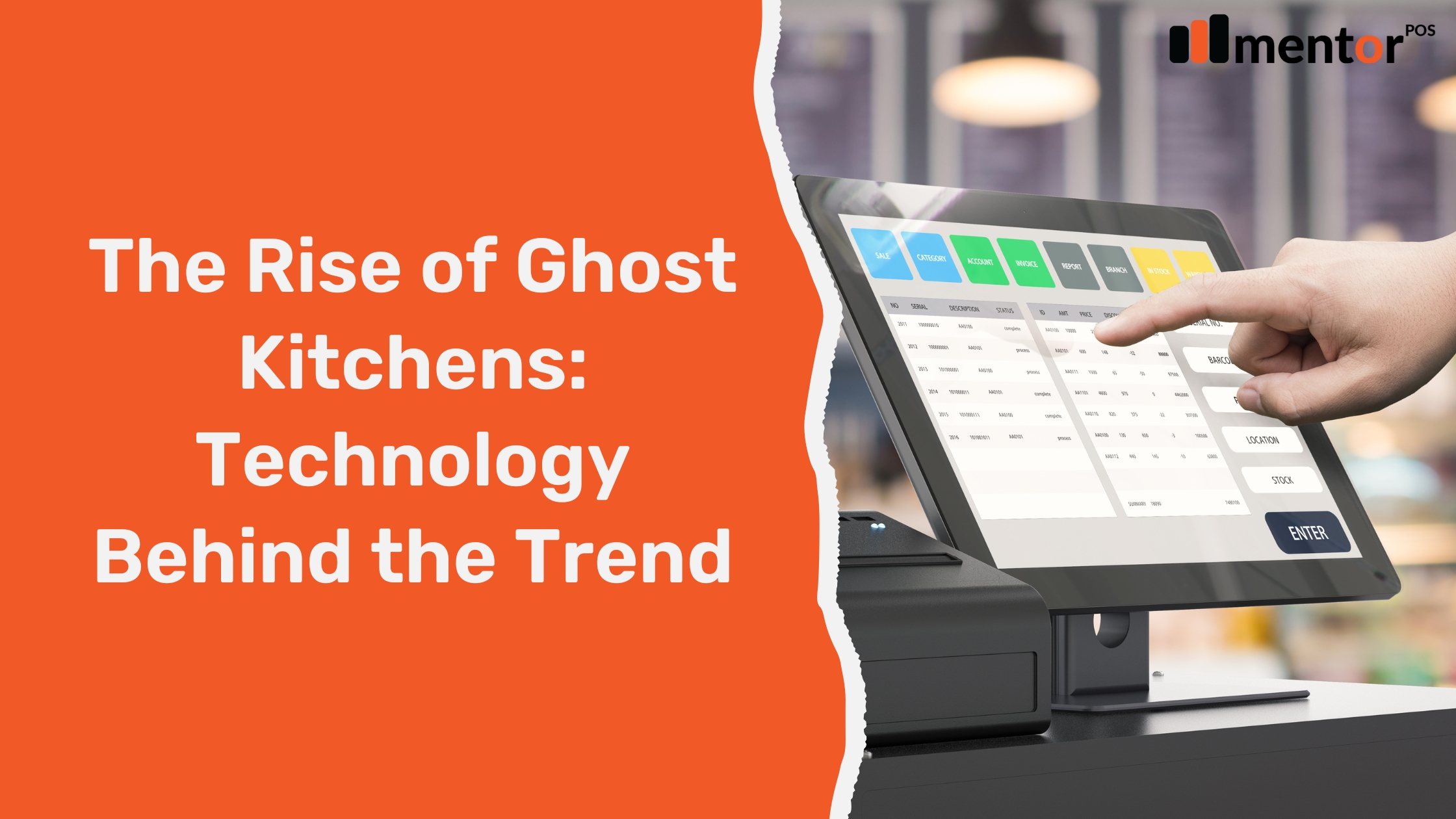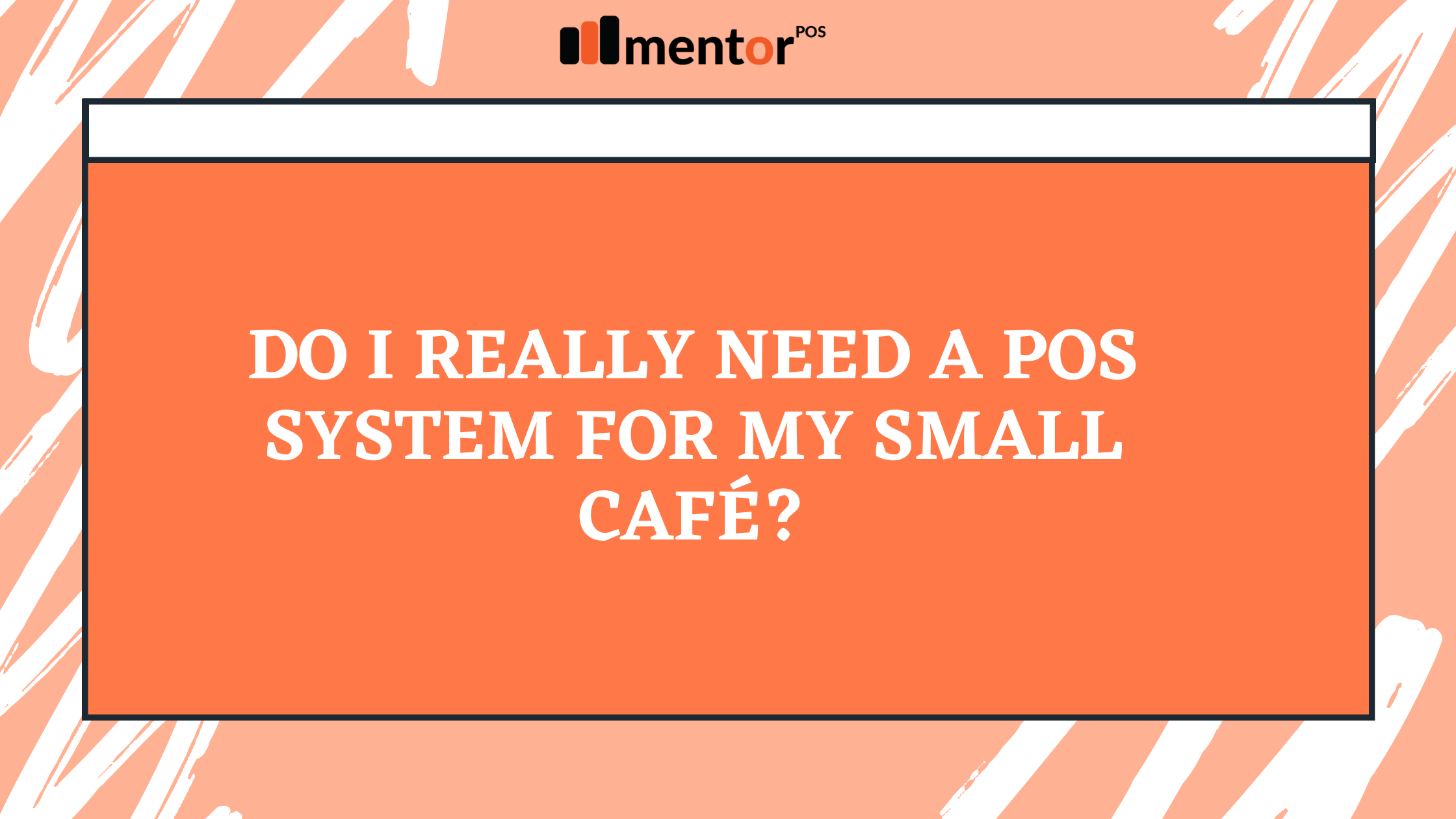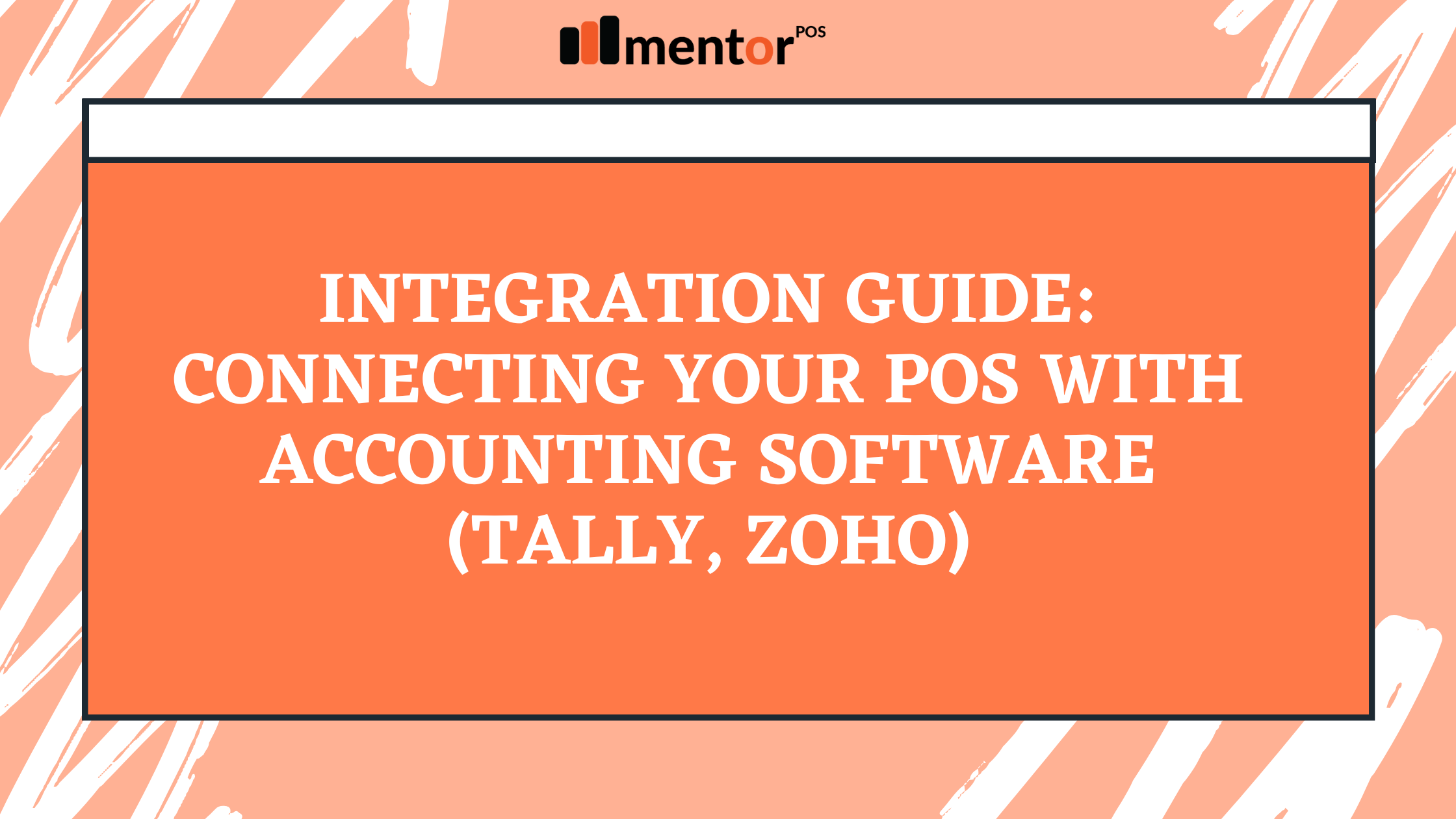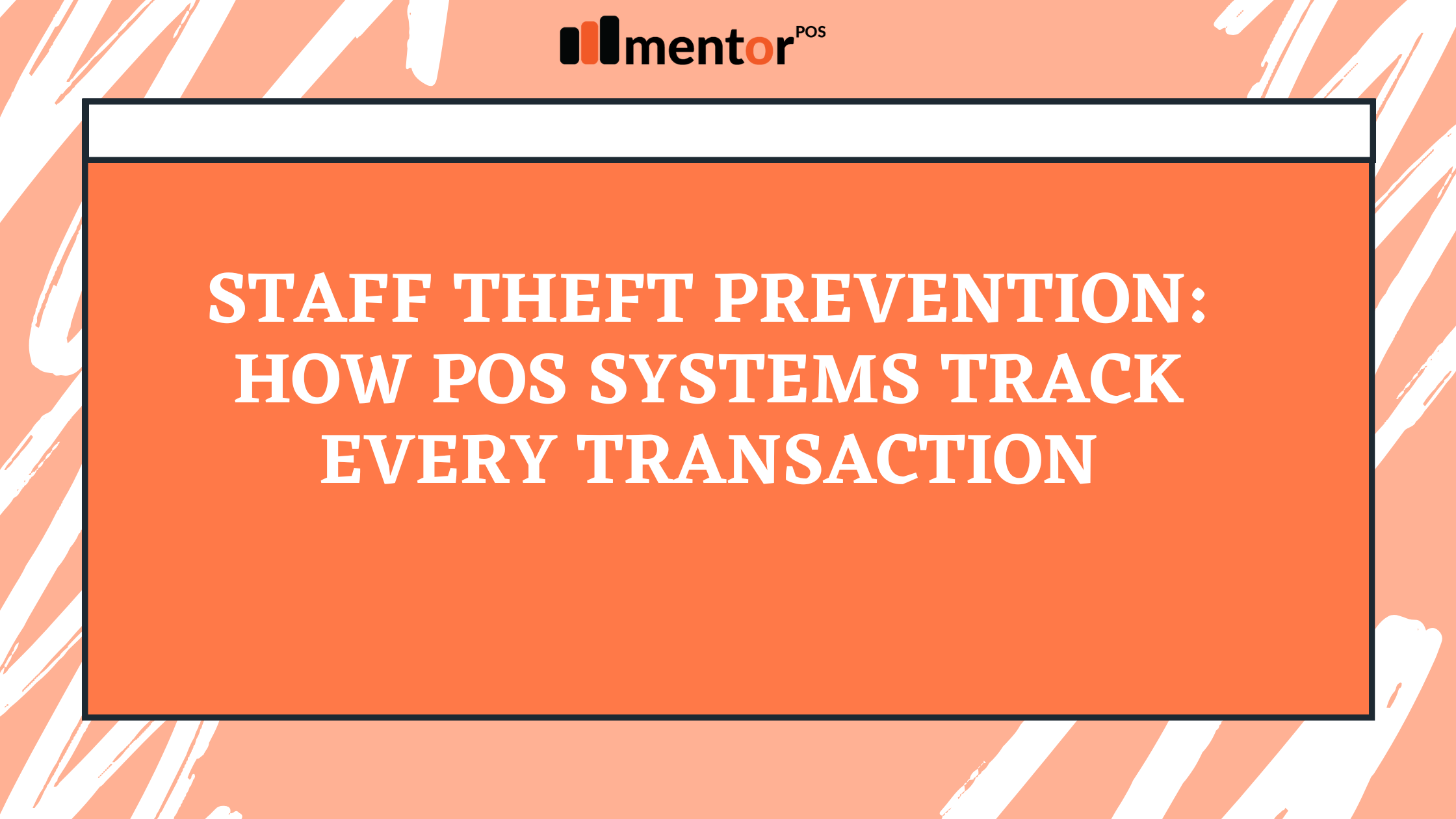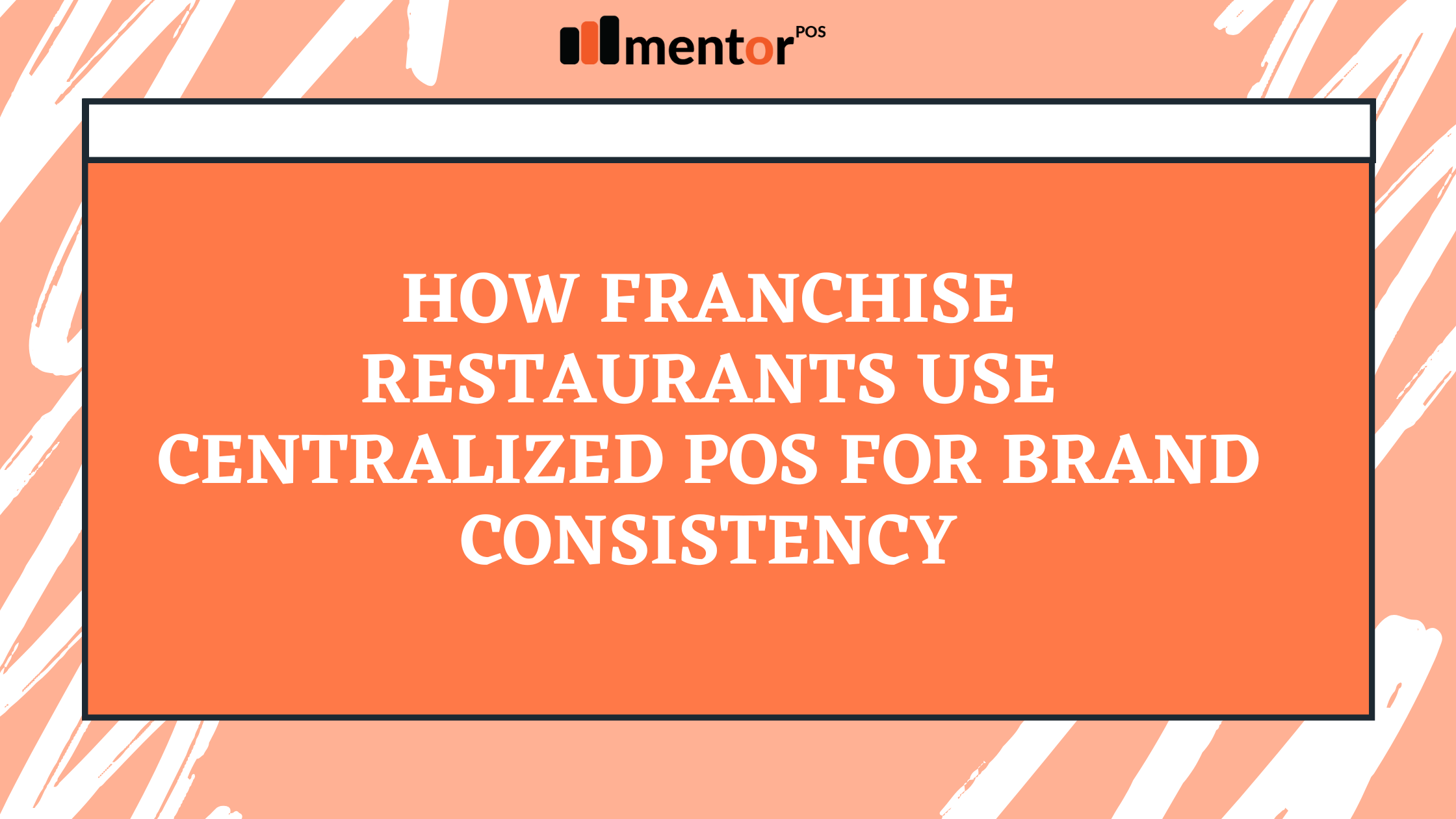The food and restaurant industry is experiencing a seismic shift, driven by a growing trend: ghost kitchens. Also known as cloud kitchens, virtual kitchens, or dark kitchens, these are professional food preparation facilities without dine-in areas. Designed to focus solely on delivery, kitchens have emerged as a revolutionary concept, reshaping how restaurants operate and serve customers. Central to their success is the innovative technology that powers them, enabling seamless operations, improved efficiency, and enhanced customer experience.
What Are Ghost Kitchens?
Ghost are delivery-only food service establishments that operate without traditional dining spaces. This business model allows restaurants to save on overhead costs like rent and staffing while focusing solely on fulfilling online orders. These kitchens cater to the rising demand for food delivery, a trend driven by evolving consumer preferences, urbanization, and the proliferation of food delivery platforms such as Zomato, Swiggy, and Uber Eats.
Ghost operate as independent brands, extensions of existing restaurants, or shared spaces for multiple brands. They rely heavily on technology to optimize their processes, from order placement to delivery.
The Role of Technology in Ghost Kitchens
The success of ghost kitchens hinges on the seamless integration of advanced technology across every aspect of their operations. Here’s a closer look at how technology is driving the ghost kitchen revolution:
1. Online Ordering Platforms
The backbone of ghost kitchens is their ability to process online orders efficiently. Integration with food delivery platforms like DoorDash, Swiggy, and Grubhub ensures that customers can easily browse menus, place orders, and track deliveries.
Custom-branded apps and websites further strengthen the connection between ghost and their customers, providing a personalized experience and building brand loyalty.
2. Point of Sale (POS) Systems
Sophisticated POS systems are vital for ghost, enabling seamless order management, payment processing, and inventory tracking. Advanced POS solutions like Mentor POS help ghost kitchens consolidate orders from multiple delivery platforms into a single interface, reducing errors and streamlining workflows.
3. Kitchen Display Systems (KDS)
Kitchen Display Systems simplify the order fulfillment process by displaying incoming orders on digital screens. This eliminates the need for printed tickets and reduces confusion among kitchen staff, allowing for faster and more accurate meal preparation.
4. Inventory Management Software
Ghost kitchens rely on inventory management software to track ingredients, monitor usage, and automate reordering. These tools help prevent shortages, minimize food waste, and optimize supply chain operations.
5. Data Analytics
Data analytics tools provide valuable insights into customer preferences, order trends, and operational efficiency. By analyzing this data, ghost kitchens can refine their menus, identify popular items, and make informed decisions to boost profitability.
6. Delivery Optimization Technology
Timely delivery is crucial for the success of ghost kitchens. Delivery optimization technology, including GPS tracking and route planning tools, ensures that food reaches customers quickly and in perfect condition. Some of it even use AI-powered systems to predict delivery times accurately.
7. Cloud-Based Communication Tools
Efficient communication is essential for managing high volumes of orders. Cloud-based tools enable real-time collaboration between staff members, ensuring that everyone is on the same page and that operations run smoothly.
8. Virtual Restaurant Concepts
Ghost kitchens often operate multiple virtual restaurant brands from a single location. Technology enables these brands to target specific customer segments, test new concepts, and expand their reach without the need for physical storefronts.
Why Ghost Kitchens Are Thriving
The rise of it can be attributed to several factors, many of which are directly influenced by advancements in technology:
1. Changing Consumer Behavior
The convenience of online food delivery has made it a preferred choice for many consumers. Ghost cater to this demand by focusing solely on delivery, ensuring a streamlined and efficient experience.
2. Cost Efficiency
By eliminating the need for physical dining spaces and front-of-house staff, ghost significantly reduce operating costs. This allows them to offer competitive pricing while maintaining profitability.
3. Scalability and Flexibility
Ghost can easily scale their operations by leveraging technology to expand into new markets or launch additional brands. Their flexibility allows them to adapt quickly to changing consumer preferences and market trends.
4. Improved Customer Experience
With technology enabling faster order processing, accurate delivery tracking, and personalized interactions, ghost kitchens can provide an exceptional customer experience that keeps diners coming back.
Challenges Faced by Ghost Kitchens
While technology has revolutionized ghost , it also presents certain challenges:
1. High Competition
The low entry barrier for ghost has led to increased competition. Standing out in a crowded market requires innovative marketing and exceptional service.
2. Dependency on Delivery Platforms
Relying heavily on third-party delivery platforms can eat into profit margins. To mitigate this, many ghost are investing in direct-order channels.
3. Maintaining Quality
Ensuring consistent food quality during delivery can be challenging. Investing in high-quality packaging and monitoring customer feedback are crucial for addressing this issue.
4. Cybersecurity Risks
With a heavy reliance on digital tools, ghost kitchens are vulnerable to cybersecurity threats. Implementing robust security measures is essential to protect sensitive customer and operational data.
Also Read: Contactless Payment Systems: Enhancing Customer Experience in Restaurants
The Future of Ghost Kitchens
The ghost kitchen trend shows no signs of slowing down. As technology continues to evolve, we can expect further innovations that enhance efficiency, reduce costs, and improve the customer experience.
Some potential developments include:
- AI-Driven Operations: Automation and AI could play a larger role in optimizing workflows, predicting demand, and personalizing customer interactions.
- Robotic Food Preparation: Robots and automated systems could take over repetitive kitchen tasks, increasing efficiency and consistency.
- Sustainable Practices: Technology can help ghost kitchens adopt eco-friendly practices, such as minimizing food waste and using renewable energy sources.
Conclusion
Ghost kitchens represent the future of the foodservice industry, combining the power of technology with the demand for convenience and efficiency. By leveraging advanced tools and systems, these kitchens can streamline operations, reduce costs, and deliver exceptional experiences to customers.
As this trend continues to gain momentum, businesses like Mentor POS are at the forefront, providing the technological backbone that makes ghost kitchens possible. Ready to explore the possibilities? Visit Mentor POS to discover how we’re powering the next generation of restaurant management solutions.

